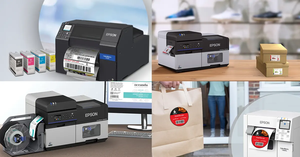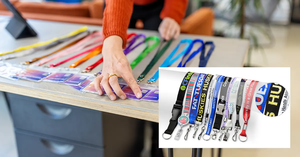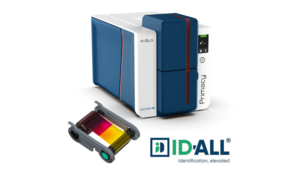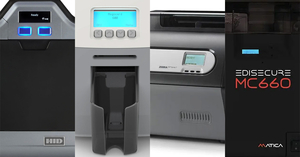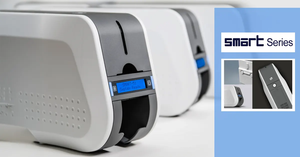The Ultimate Guide to Decide Whether You Should Buy a Retransfer Printer
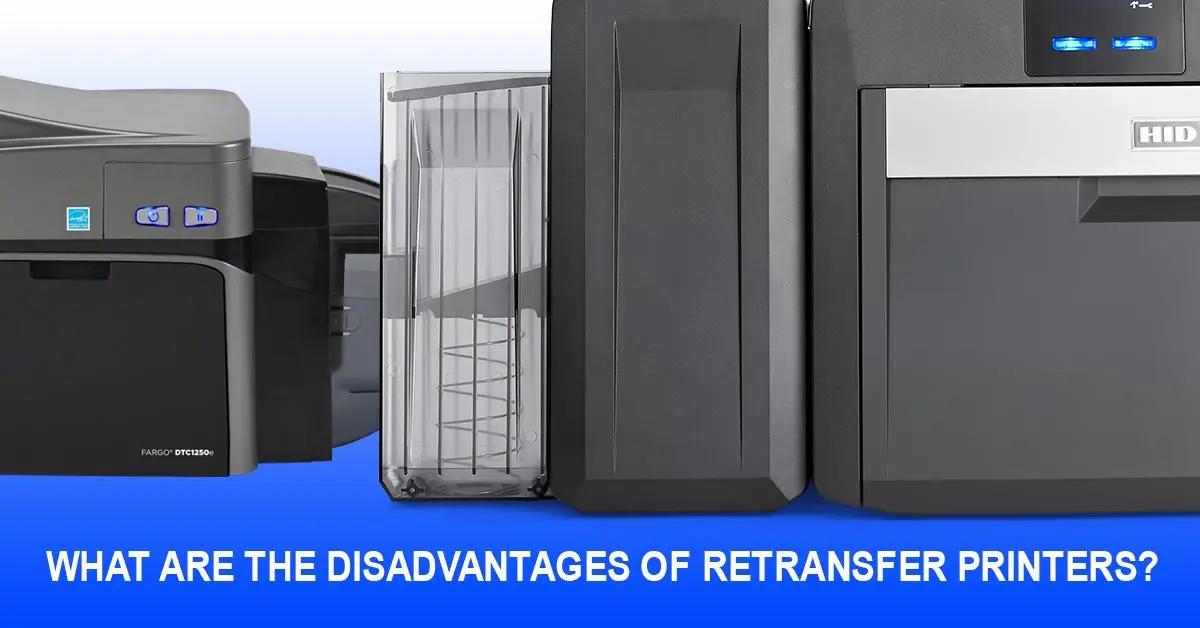
If you’ve been browsing for a new ID card printer, you’ve probably come across phrases like retransfer, or reverse transfer printing. As you want to make the best choice for your business, you are probably wondering what this all means and how these printers differ from regular ones.
More importantly, can they satisfy your exact printing needs?
Retransfer printers are a relatively new technology in the ID card printing industry. However, they are already very popular, and for good reason.
Let’s look at whether a retransfer printer is right for you, by answering questions you should ask when browsing ID card printers.
What is retransfer printing? How is it different?
Typical ID card printers use a method we call direct to card (DTC) printing. In this method, the printhead comes in contact with and prints directly on the card surface. Through a process called dye-sublimation, the printer vaporizes panels on a three-color dye-based ribbon and fuses it directly on the card. These printers can create up to 1.6 million colors at 300 dpi.
Retransfer printers work by printing the image in reverse on a transparent ribbon. The ribbon is then thermally fused to the card print side down. The printhead never makes contact with the card surface. Because the image is first printed in reverse, this is also sometimes called “reverse transfer printing.” Re-transfer printers can print up to 600dpi.
What are the advantages of retransfer printers?
Retransfer printing has a number of practical advantages over DTC printing, such as:
- Card durability - The film acts as a protective layer over the card and the print. The print fades less with time and is less likely to be damaged
- Fraud protection - It offers more tamper protection because the entire film needs to be scraped off to make changes to the image.
- Printer reliability - The printhead never comes into contact with the card, so there is much less wear and tear.
- More card options - The flexible film can adhere to cards with uneven surfaces like embedded, punctured, or proximity cards. You can also print on thicker cards, up to 40 mils.
- Print quality - Retransfer printers can produce higher-definition images with richer colors.
- Security Options - Retransfer printing allows for using more security measures on your cards, such as watermarks or extra lamination.
- Over-the-edge printing - DTC printers can’t print right to the edge of the cards and always leaves a thin edge. Retransfer printers can print right to and even over edges.
What are the disadvantages of retransfer printers?
Retransfer printers have some undeniable advantages for some ID card printing needs. However, just like with everything else, you’ll need to compromise in other areas:
- Most retransfer printers will cause PVC cards will cause the cards to bend and warp because of the extra heat.
- Retransfer printers can be more expensive to use over time because they require more consumables.
What kind of cards can I print with a retransfer printer?
Retransfer printing is more versatile than DTC printing because it prints on a flexible film instead of on the card surface. That makes retransfer printers more suitable for printing on the following types of cards:
- Smart cards or cards with embedded electronics
- Pre-punched cards for lanyards or other attachments
- Thicker cards of up to 40 mil
- non-PVC cards like multilayered or composite PVC/PET or Polycarbonate cards. PVC cards are generally not recommended.
Because retransfer printers can print in higher resolution and with more saturated colors, they are preferred for instances where image quality is of the utmost importance. If you need to print photo-quality images that may be used for identification, you should consider a retransfer printer.
You can also print other cards, such as magnetic stripe cards, access cards, watermarked cards, or cards with contactless or dual-sided coding. These are available with both DTC and retransfer printers but depends on the features of each printer.
Fargo produces highly modular printers, and you can usually plug in any of these capabilities, whether you buy a DTC or retransfer printer.
How fast can a reprinter card print?
Depending on the needs of your organization, printing speed can be of the essence. If you regularly need to print a high number of cards in a short amount of time, you need your printer to be up to the task.
Luckily all printers can print cards in a matter of seconds, so it doesn’t matter that much on an individual scale.
To compare, let’s look at two printers from one of the top card printing companies, Fargo. Both are regarded as some of the fastest ID card printers in their class:
The HDP6600 takes 16 or 29 seconds per card, depending on the color quality. That tallies up to either 230 or 190 cards per hour.
The DTC1250e prints cards at 6, 8, or 16 seconds per card. This depends on whether you print on the K, KO, or YMCKO setting.
As you can see, retransfer printers are still capable of printing a high number of cards per hour. However, the HDP6600 is a high-end retransfer printer, and others are probably slower.
What are the costs of a retransfer printer?
For any individual or organization, the cost of your equipment is an important consideration. It doesn’t help you buy something with features you don’t need if compromises your finances.
Retransfer printers fall in the higher-end price ranges for ID card printers. Prices for them generally start at over $3,000. DTC printers are much more affordable, and prices start at under $2,000.
That being said, Retransfer printers rarely have the expensive printhead problems DTC printers may be prone to. DTC cards are also less durable and only last 4-5 years if well taken care of while retransfer printed cards can last much longer. This means you might have to reprint all your organization’s cards much more frequently with a DTC printer.
Retransfer printer supplies
You may need to factor in the cost of replacing these consumables if you buy retransfer printer:
- Transfer film: As the printer prints on a film that’s then adhered to the card, these can be used up. They usually cost around $100 for anywhere upwards of 1,000 uses.
- Color film: This film is used to produce the graphics, barcodes, or photos on your cards. This costs from about $200 to $500 and you can buy sets that bundle re-transfer and color film together. You can avoid YMCKO cards because the retransfer film already provides the protection to replace the ‘O’ layer.
- Composite PVC/PET cards: PVC/PET cards cost slightly more than plain PVC cards, and you can buy stacks of 500 for about $100.
- Cleaning kits: It’s essential that you have a cleaning kit to properly care for your card printer. That will result in better quality cards, a longer lifespan, and more savings.
If you add it all up, the cost per card should be around $1 without factoring the printer itself. That’s not too bad.
So, is a retransfer printer for me or my business?
Of course, every organization’s needs are different. And, even among re-transfer printers, there is a huge variety of printers to consider with very different features. It’s safe to say that retransfer printers definitely are a superior budget if you have the means to afford it.
They offer:
- Better print quality
- More durable, tamper-proof cards
- Longer printer lifespans and maintenance
- Extra options to add security to your cards
The only drawbacks are lower printing speeds and that you can’t use cheaper PVC cards. However, if security and print quality are crucial for your needs, they are the best choice.
